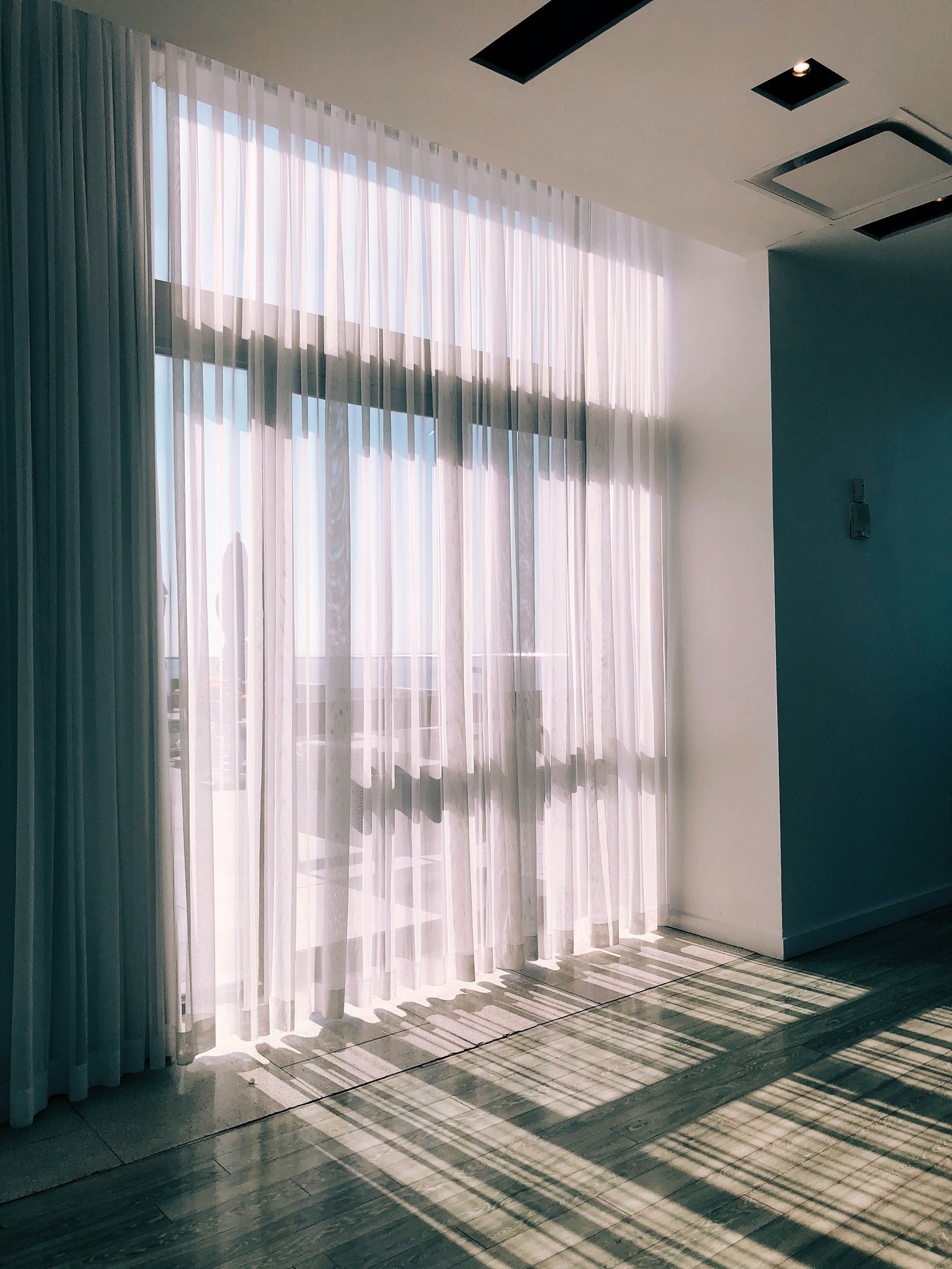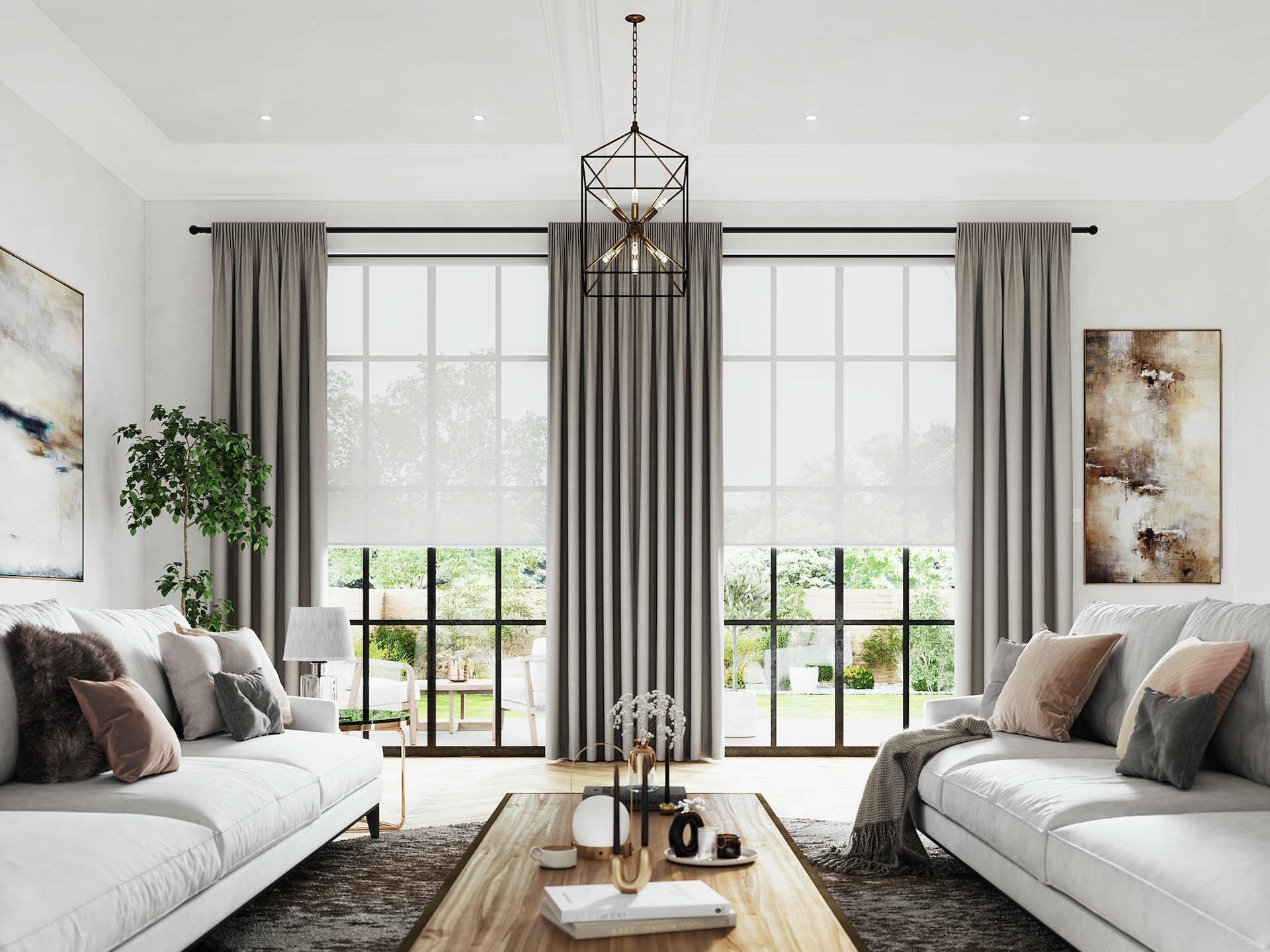Introduction
Curtains vs blinds – When it comes to enhancing the aesthetics and functionality of your home, choosing between curtains and blinds can significantly impact both style and practicality. Both options offer distinct advantages, catering to different tastes and needs. Let’s delve deeper into the comparison of curtains and blinds across various aspects:
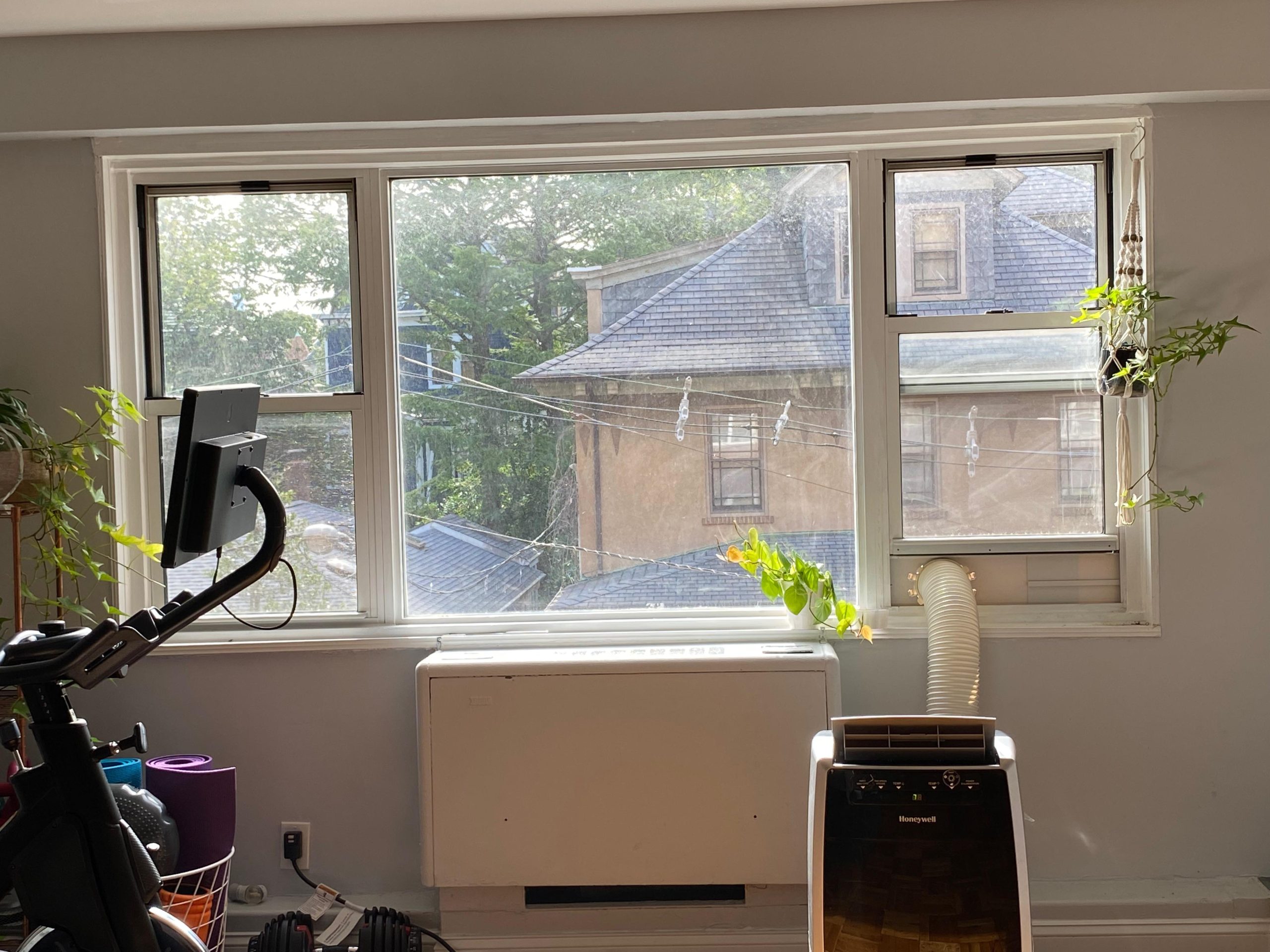
Style and Aesthetics
Curtains: Curtains have long been favored for their softness, elegance, and ability to transform a room’s ambiance. They come in a myriad of fabrics, colors, patterns, and textures, allowing for endless customization possibilities. From luxurious velvet drapes that add a touch of opulence to sheer linen curtains that create an airy and light-filled space, curtains can complement any interior style. The way curtains drape and pool on the floor can evoke a sense of luxury and sophistication, making them a popular choice for formal living rooms, dining areas, and bedrooms.
Blinds: Blinds, in contrast, are known for their sleek and structured appearance, which lends itself well to modern and minimalist décor styles. Available in materials such as wood, faux wood, aluminum, and fabric, blinds offer a clean and tailored look. Horizontal blinds, such as Venetian blinds, feature adjustable slats that allow precise control over light and privacy. Vertical blinds are ideal for large windows and sliding doors, offering functionality while maintaining a contemporary aesthetic. Blinds can be customized with various slat sizes, colors, and operating mechanisms (corded, cordless, or motorized), providing versatility in both residential and commercial spaces.
Winner – Style and Aesthetics: The choice between curtains and blinds largely depends on your interior design preferences. Curtains offer a softer, more traditional look with extensive fabric options, while blinds provide a sleek, modern appearance with precise light control features.
Functionality and Practicality
Curtains: Beyond their decorative appeal, curtains offer practical benefits such as insulation, sound absorption, and light control. Thick, lined curtains can help regulate room temperature by blocking drafts in winter and reducing heat in summer, thereby potentially lowering energy bills. Curtains also contribute to soundproofing a room, making them ideal for bedrooms and media rooms where noise reduction is desired. They are relatively easy to install and maintain, typically requiring periodic washing or dry cleaning depending on the fabric type.
Blinds: Blinds excel in functionality, particularly concerning light management and privacy. By adjusting the slats, blinds allow you to control the amount of natural light entering a room throughout the day while maintaining privacy. Some blinds, such as cellular or honeycomb blinds, offer enhanced insulation properties due to their design, trapping air and improving energy efficiency. Blinds are generally low maintenance, requiring occasional dusting or wiping with a damp cloth to keep them looking clean and fresh.
Winner – Functionality and Practicality: Blinds are favored for their precise light control, energy efficiency, and low maintenance requirements. They are particularly suitable for spaces where optimal light and privacy management are essential.
Privacy and Light Control
Curtains: Privacy with curtains largely depends on the fabric and lining chosen. Heavier curtains with blackout or lined options provide greater privacy when fully closed. Layering curtains with blinds or shades enhances both privacy and light control options.
Blinds: Blinds offer superior privacy control due to their ability to completely cover windows without gaps when fully closed or tilted. Vertical blinds, in particular, are effective for large windows and sliding glass doors, providing complete privacy when needed. Some blinds come with blackout features, making them ideal for bedrooms or spaces requiring complete darkness during daytime hours.
Winner – Privacy and Light Control: Blinds generally offer better privacy control than curtains due to their adjustable slats and ability to cover windows completely when closed. However, curtains can provide adequate privacy with proper fabric and layering choices.

Style and Aesthetics
Curtains bring a touch of elegance and softness to a room. Available in a vast array of fabrics, patterns, and colors, they can easily complement any décor style, from traditional to modern. The drapery can range from sheer and lightweight, which filter light gently and create a romantic ambiance, to heavy, opaque materials that block out light completely and provide insulation. Curtains can also add height to a room, making ceilings appear taller.
Blinds, on the other hand, offer a sleek, contemporary look with clean lines. They come in materials such as wood, aluminum, PVC, or fabric, providing options for various design schemes. Venetian blinds, roller blinds, and vertical blinds are common types, each lending a distinct character to a space. Wood blinds, for example, infuse warmth and natural charm, while metal blinds give off a more industrial or minimalist vibe.
Functionality and Light Control
Curtains excel in providing flexible light control. Sheer curtains can softly diffuse daylight, maintaining an airy feel, while thicker options can completely darken a room, making them ideal for bedrooms or home theaters. They are also effective insulators, helping to maintain indoor temperatures by reducing heat loss in winter and blocking excessive heat in summer.
Blinds offer precise light adjustment thanks to their slatted design, which allows users to tilt the slats to control the amount of incoming light. This feature is particularly useful for rooms where natural light is desired but glare needs to be minimized, such as home offices. However, blinds may not offer the same level of darkness as heavy curtains, especially when it comes to blocking out early morning or streetlight glare.
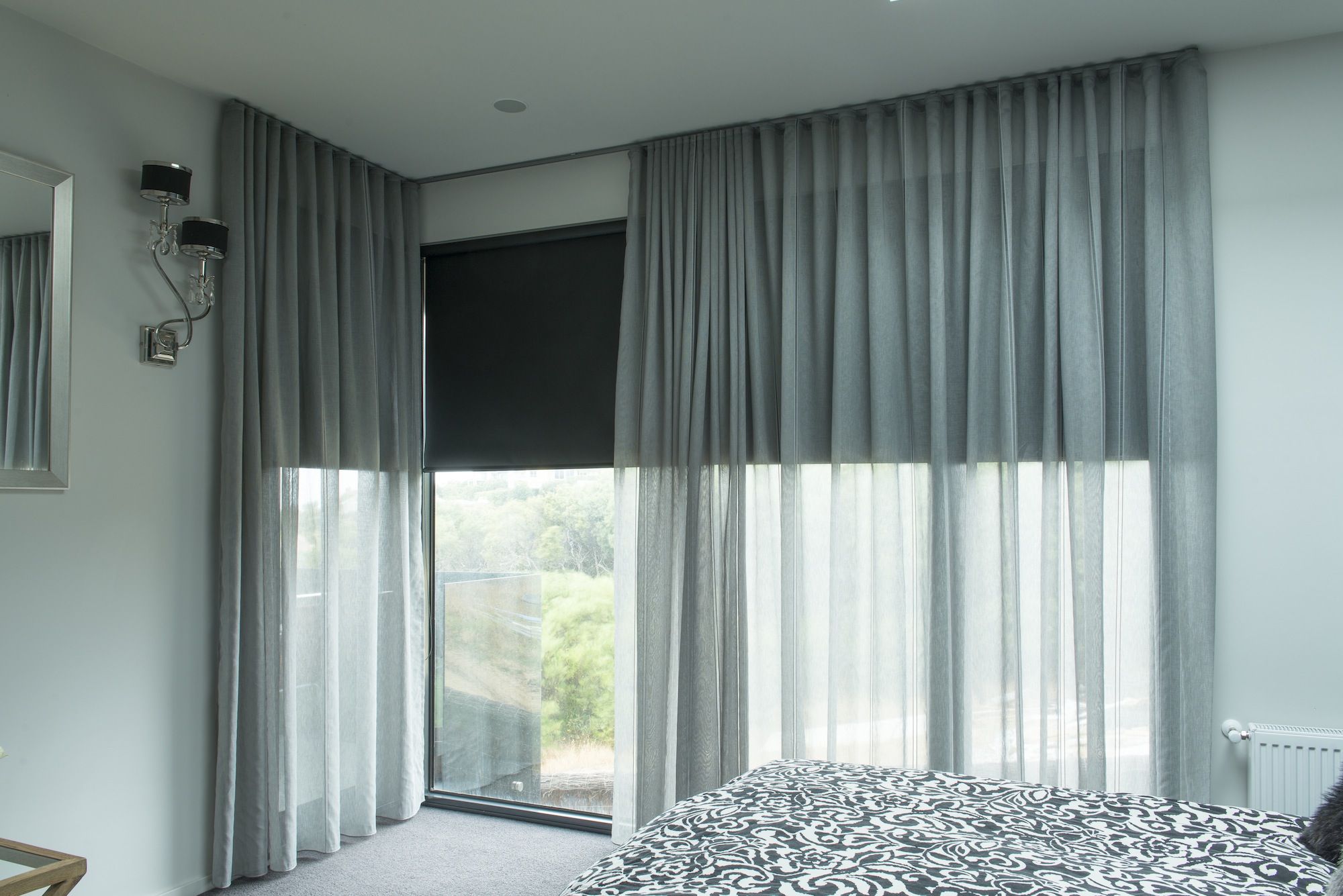
Privacy and Noise Reduction
Both curtains and blinds provide privacy, but the extent varies. Curtains, especially when fully drawn, offer superior privacy since they cover the entire window, preventing outsiders from seeing in. They can also absorb sound, contributing to a quieter environment, which is beneficial in urban areas or rooms facing noisy streets.
Blinds, while adjustable for privacy, may leave gaps when tilted, allowing some visibility from outside, especially at night when interior lights are on. However, certain types like blackout blinds or those with tight-fitting slats can mitigate this issue. In terms of noise reduction, blinds are generally less effective than curtains.
Maintenance and Cost
Curtains usually require more maintenance, needing periodic cleaning or dry-cleaning depending on the fabric. Dust can accumulate on the surface and potentially cause allergies, making regular vacuuming or brushing necessary.
Blinds, particularly those made of hard materials like wood or metal, are easier to clean, often requiring a simple wipe with a damp cloth. They are less prone to collecting dust and allergens, making them a more hygienic choice for some households.
Cost-wise, both options vary widely depending on the material, size, and complexity of the design. Custom-made curtains can be more expensive upfront due to fabric costs and installation, whereas mid-range blinds can offer a cost-effective solution. However, considering the longevity and energy-saving benefits of both, the long-term investment should be factored in.
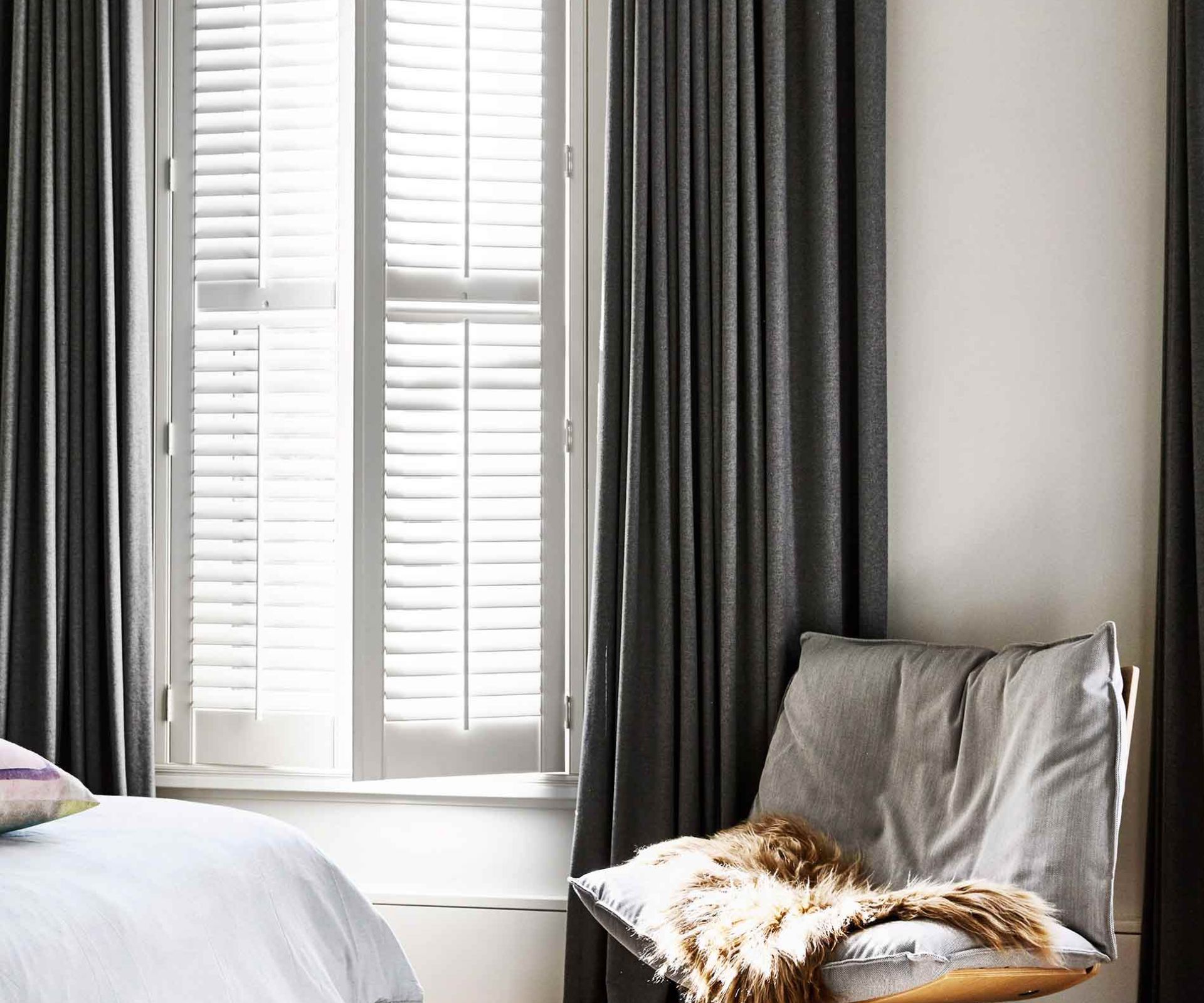
Conclusion
Choosing between curtains and blinds involves considering your specific needs in terms of style preferences, functionality, and privacy requirements. By understanding the strengths of each window treatment, you can make an informed decision that enhances both the visual appeal and functionality of your living spaces. Whether you opt for the classic elegance of curtains or the streamlined efficiency of blinds, both choices offer unique benefits that can complement your home décor and lifestyle seamlessly.
